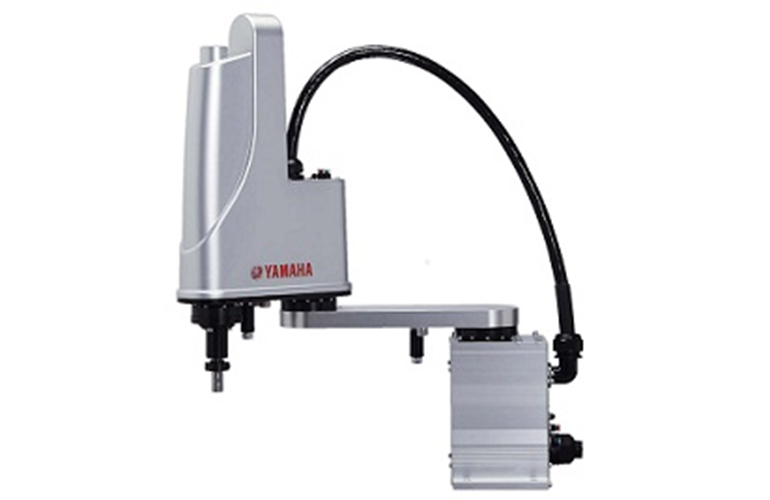ABB Robotics and the University of Texas Medical Branch’s (UTMB) Life Sciences and Healthcare Lab have developed an automated neutralizing antibody testing system. The robotic system can determine an individual’s immunity to various strains of COVID, and perform other virus testing.
The system is able to increase the number of neutralizing antibody tests performed from 15 a day to over 1,000 daily.
“The ability to carry out more daily tests is the key to generating more data on individual immunity profiles that will help control the further spread of the virus,” Dr. Michael Laposata, professor and chairman of the department of Pathology at UTMB, said. “By transforming the rate at which testing can be carried out and eliminating the need for large numbers of laboratory staff being exposed to the potential risk of infection in manual testing, the automated system we’ve developed with ABB provides an accurate, fast, flexible and safe way of meeting our goals.”
Increasing the number of daily tests can help UTMB researchers better understand how effective COVID vaccines have been. COVID’s many combined mutations have made it challenging for researchers to determine the most effective protection for each variant.
The system aims to detect a SARS-CoV-2 neutralizing antibody without cross-reaction with other infections. The resulting data can be used by the person being tested researchers, and local policymakers to help them make more informed decisions about how to minimize the risk of further spreading the virus.
[See image gallery at www.therobotreport.com]“This project is a clear example of how robotics can increase speed and efficiency, while making work safer for the researchers involved,” Daniel Navarro, Managing Director of Consumer Segments and Service Robotics at ABB, said. “Working closely with UTMB, we are combining our expertise [in] biology, lab process, automation and software to develop and deploy an automated robotic solution that significantly advances and informs our response to the COVID pandemic.”
ABB used its RobotStudio offline programming software to model, iterate and test different combinations of lab equipment and robot positions to develop the system. The entire process, from inception to operation, took just 18 months.
“What we managed to achieve in this project within such a short space of time is extraordinary—many multimillion-dollar companies take several years to create solutions like the one we’ve developed in a fraction of the time,” Juan Garcia, director of Laboratory Services at UTMB, said.
Robotics Summit & Expo (May 10-11) returns to Boston
The post ABB uses robots to automate COVID antibody testing appeared first on The Robot Report.
